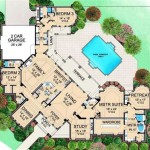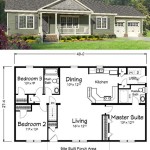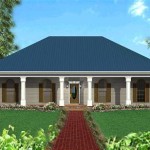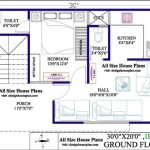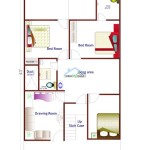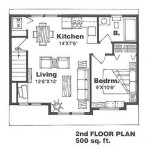Floor Plans for Tiny Homes: Designing Small Spaces with Maximum Functionality
Tiny homes have gained immense popularity in recent years, offering an affordable and sustainable alternative to traditional housing. These compact dwellings demand thoughtful planning to maximize space and create functional living environments. Floor plans play a crucial role in realizing this objective, allowing homeowners to envision and organize their miniature spaces efficiently.
Space-Saving Layouts
Tiny home floor plans prioritize space-saving layouts that optimize every inch. Designers employ clever techniques such as built-in storage, multi-purpose furniture, and collapsible elements to minimize clutter. Lofts and sleeping nooks create additional living space without expanding the footprint.
Flexible Design
Flexibility is key in tiny home design. Floor plans often incorporate transformable elements, such as movable walls or furniture that can adapt to changing needs. This adaptability allows homeowners to customize their space, creating distinct areas for sleeping, cooking, and relaxation as required.
Natural Light
Despite their compact size, tiny homes can feel spacious and inviting with ample natural light. Floor plans typically incorporate windows and skylights strategically to maximize daylighting. This not only enhances the sense of space but also reduces energy consumption.
Open Floor Plans
Open floor plans are commonly employed in tiny homes to create a sense of spaciousness and flow. By minimizing walls and partitions, the living area, kitchen, and dining spaces are integrated into a cohesive whole. This open layout promotes a feeling of airiness and allows for multiple uses.
Multi-Functional Spaces
Every corner of a tiny home must serve multiple functions. Floor plans carefully allocate space for combined areas, such as a kitchen-living room or a sleeping-storage loft. By maximizing the functionality of each space, homeowners can create a comfortable and efficient living environment.
Sleeping Arrangements
Sleeping arrangements in tiny homes are often compact and creative. Lofted beds, pull-out sofas, and built-in bunk beds are popular solutions for maximizing space and privacy. Floor plans should consider the height and ventilation of sleeping areas to ensure a comfortable and restful sleep.
Storage Solutions
Storage is a premium in tiny homes. Floor plans incorporate built-in storage throughout, utilizing under-bed drawers, wall-mounted shelves, and hidden compartments. Vertical storage is also emphasized to maximize vertical space and minimize clutter.
Conclusion
Floor plans for tiny homes are a testament to the ingenuity and creativity of designers. By carefully considering space-saving layouts, flexibility, natural light, open floor plans, multi-functional spaces, sleeping arrangements, and storage solutions, it is possible to create compact yet comfortable and functional living environments. These thoughtful designs empower homeowners to live a sustainable and fulfilling life within a limited footprint.

Affordable Tiny House 18 X 28 Adu In Law Cabin

Tiny House Floor Plans Design Your

Tiny House Design Floor Plans

Tiny House Plans That Are Big On Style Houseplans Blog Com

Tiny House Floor Plans Absolute Houses

Tiny House Design Floor Plans

Tiny House Plan Examples

Tiny House Floor Plans 32 Home On Wheels Design

27 Adorable Free Tiny House Floor Plans Craft Mart

2 Bedroom Tiny House Floor Plan

